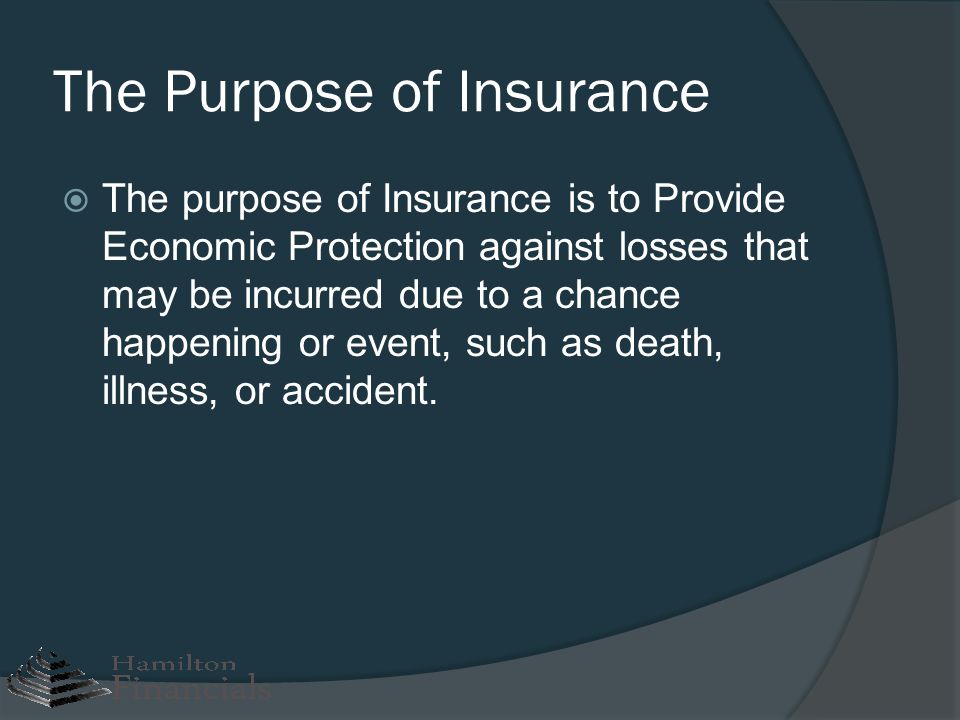Not known Facts About Pacific Prime
Not known Facts About Pacific Prime
Blog Article
Pacific Prime Can Be Fun For Anyone
Table of ContentsThe 6-Minute Rule for Pacific Prime10 Easy Facts About Pacific Prime ShownThe 8-Minute Rule for Pacific PrimePacific Prime for DummiesThe 8-Second Trick For Pacific Prime

This is because the information were accumulated for a duration of strong economic performance. Of the estimated 42 million individuals who were without insurance, all but regarding 420,000 (concerning 1 percent) were under 65 years of age, the age at which most Americans end up being qualified for Medicare; 32 million were adults in between ages 18 and 65, around 19 percent of all adults in this age team; and 10 million were youngsters under 18 years of age, concerning 13.9 percent of all children (Mills, 2000).
These quotes of the variety of persons uninsured are generated from the yearly March Supplement to the Present Population Survey (CPS), performed by the Demographics Bureau. Unless or else noted, national quotes of individuals without medical insurance and proportions of the populace with various kinds of protection are based upon the CPS, the most commonly utilized resource of quotes of insurance coverage and uninsurance prices.
Not known Facts About Pacific Prime

Still, the CPS is particularly valuable since it produces annual quotes relatively quickly, reporting the previous year's insurance policy coverage estimates each September, and since it is the basis for a consistent collection of estimates for even more than 20 years, enabling for evaluation of patterns in protection in time. For these reasons, as well as the comprehensive use of the CPS in various other research studies of insurance protection that exist in this record, we depend on CPS estimates, with constraints noted.

The quote of the number of uninsured individuals broadens when a populace's insurance standing is tracked for a number of years. Over a three-year period beginning early in 1993, 72 million people, 29 percent of the united state populace, were without insurance coverage for at the very least one month. Within a solitary year (1994 ), 53 million individuals experienced at the very least a month without coverage (Bennefield, 1998a)
Six out of every ten uninsured adults are themselves utilized. Although working does improve the likelihood that one and one's member of the family will have insurance, it is not a warranty. Also members of households with two full time wage earners have almost a one-in-ten chance of being uninsured (9.1 percent uninsured rate) (Hoffman and Pohl, 2000).
The 8-Minute Rule for Pacific Prime
New immigrants make up a significant proportion of individuals without medical insurance. One analysis has connected a considerable portion of the current growth in the dimension of the united state uninsured population to immigrants who got here in the country between 1994 and 1998 (Camarota and Edwards, 2000). Recent immigrants (those that came to the United States within the past 4 years) do have a high price of being without insurance (46 percent), yet they and their youngsters account for just 6 percent of those without insurance coverage country wide (Holahan et al., 2001).
The partnership between health insurance coverage and accessibility to care is well developed, as recorded later on in this chapter. The connection between health and wellness insurance policy and health and wellness results is neither straight nor simple, a considerable scientific and health services research literary works links health insurance policy protection to improved accessibility to care, much better high quality, and improved individual and population health and wellness condition.
Degrees of evaluation for analyzing the effects of uninsurance. It focuses especially on those without any wellness insurance policy for any type of size of time.
Not known Facts About Pacific Prime
The issues faced by the underinsured are in some areas similar to those faced by the without insurance, although they are usually much less serious. Health insurance, however, is neither essential neither adequate to gain accessibility to medical services. The independent and direct effect of health insurance protection on access to wellness solutions is well developed.
Others will acquire the healthcare they need even without medical insurance, by spending for it out of pocket or seeking it from providers who use treatment cost-free or at extremely subsidized prices. For still others, medical insurance alone does not ensure receipt of care due to other nonfinancial obstacles, such as a lack of wellness care suppliers in their community, minimal access to transportation, illiteracy, or etymological and cultural distinctions.
6 Simple Techniques For Pacific Prime
Formal study regarding uninsured populations in my blog the USA dates to the late 1920s and very early 1930s when the Board on the Cost of Medical Treatment generated a series of reports concerning funding doctor office check outs and hospitalizations. This problem ended up being salient as the varieties of medically indigent climbed up throughout the Great Anxiety.
Report this page